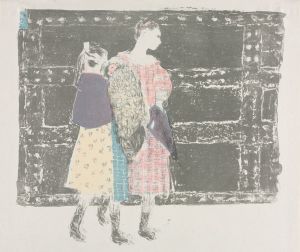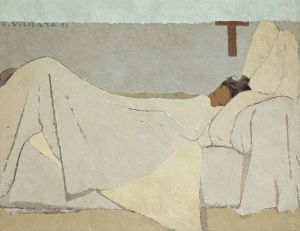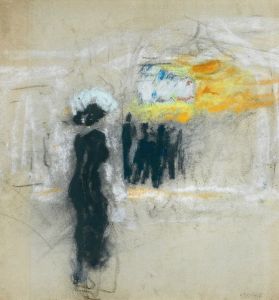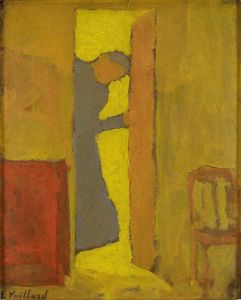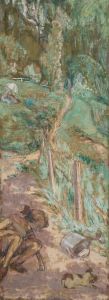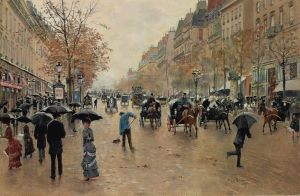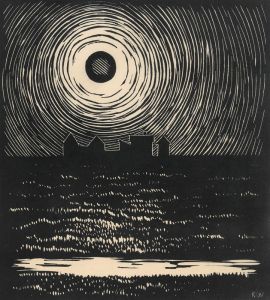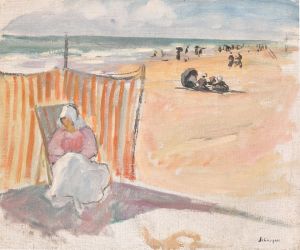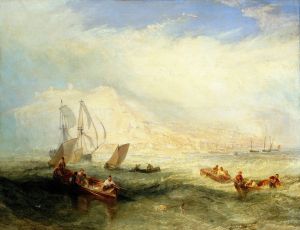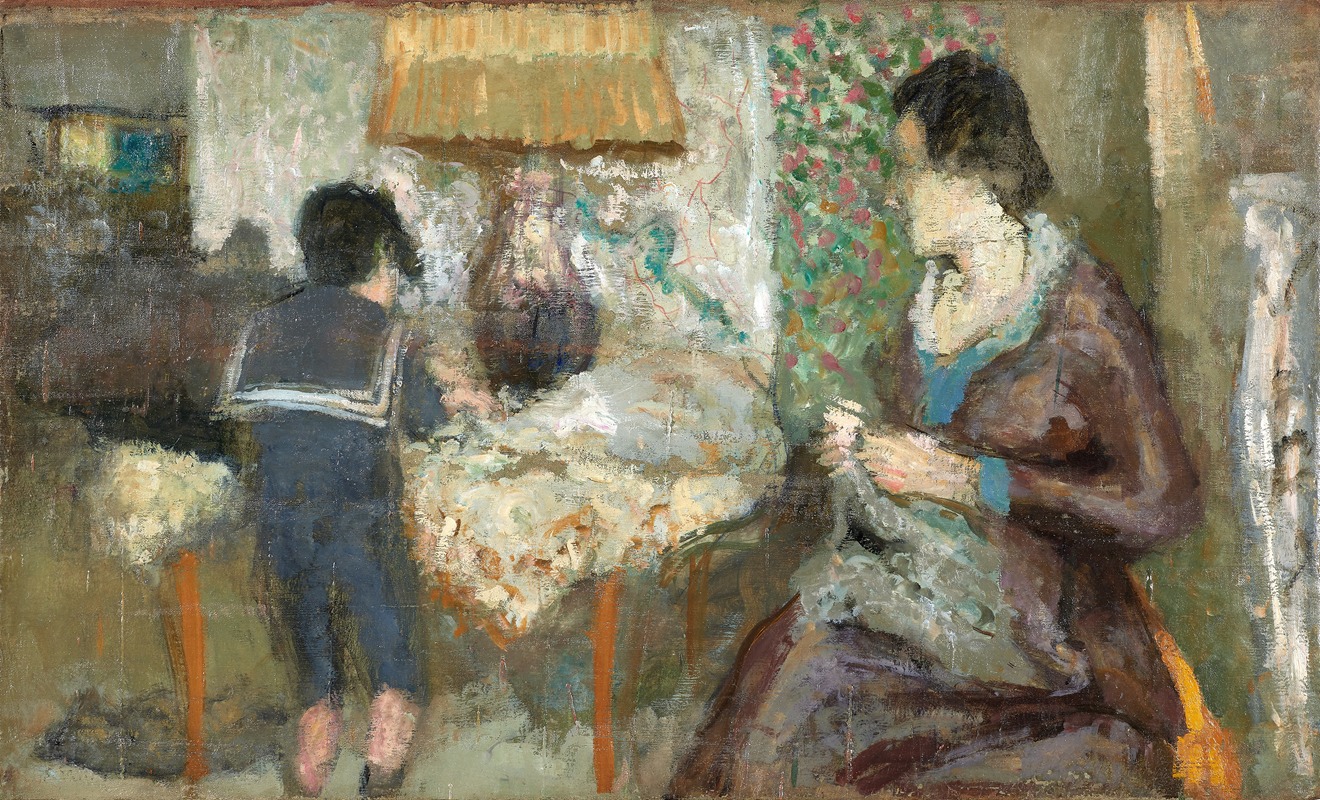
Le col marin
A hand-painted replica of Édouard Vuillard’s masterpiece Le col marin, meticulously crafted by professional artists to capture the true essence of the original. Each piece is created with museum-quality canvas and rare mineral pigments, carefully painted by experienced artists with delicate brushstrokes and rich, layered colors to perfectly recreate the texture of the original artwork. Unlike machine-printed reproductions, this hand-painted version brings the painting to life, infused with the artist’s emotions and skill in every stroke. Whether for personal collection or home decoration, it instantly elevates the artistic atmosphere of any space.
Édouard Vuillard, a prominent French painter associated with the Nabi movement, created "Le col marin" in 1892. This painting is a notable example of Vuillard's intimate and domestic scenes, which often feature his family and friends in comfortable, familiar settings. Vuillard's work is characterized by its use of rich patterns, textures, and a muted color palette, which are evident in "Le col marin."
The title "Le col marin" translates to "The Sailor Collar," referring to the distinctive style of clothing worn by the subject in the painting. Vuillard frequently depicted individuals in everyday attire, capturing the nuances of fashion and personal style of the late 19th century. This attention to detail in clothing and interior settings is a hallmark of Vuillard's work, reflecting his interest in the interplay between people and their environments.
Vuillard was a member of the Nabis, a group of avant-garde artists who were influenced by Paul Gauguin and sought to break away from traditional academic art. The Nabis were known for their symbolic and decorative approach, often incorporating elements of Japanese prints and Art Nouveau into their work. Vuillard's "Le col marin" exemplifies these influences through its flattened perspective and emphasis on pattern over realistic representation.
The painting is executed in oil on cardboard, a medium that Vuillard often employed for its ability to capture fine details and subtle variations in color and texture. This choice of medium also allowed for a more intimate scale, inviting viewers to engage closely with the work. Vuillard's technique involved building up layers of paint to create a rich, tapestry-like surface, which is evident in the intricate patterns of the clothing and background in "Le col marin."
Vuillard's work is often associated with themes of domesticity and the private sphere, reflecting his own life and surroundings. He lived with his mother for much of his life, and many of his paintings depict scenes from their shared home. This personal connection to his subjects imbues his work with a sense of warmth and familiarity, inviting viewers into the quiet, contemplative world he portrays.
"Le col marin" is part of Vuillard's broader exploration of the relationship between individuals and their environments. His paintings often blur the boundaries between figure and setting, creating a harmonious balance that emphasizes the interconnectedness of people and their surroundings. This approach reflects Vuillard's belief in the importance of capturing the essence of a moment, rather than focusing solely on realistic representation.
Today, Édouard Vuillard is celebrated for his contributions to modern art and his unique ability to capture the subtleties of everyday life. "Le col marin" remains an important example of his work, showcasing his skillful use of color, pattern, and composition to create a compelling and intimate portrait of domestic life. Vuillard's legacy continues to influence artists and art lovers alike, as his paintings offer a window into the quiet beauty of the world around us.






